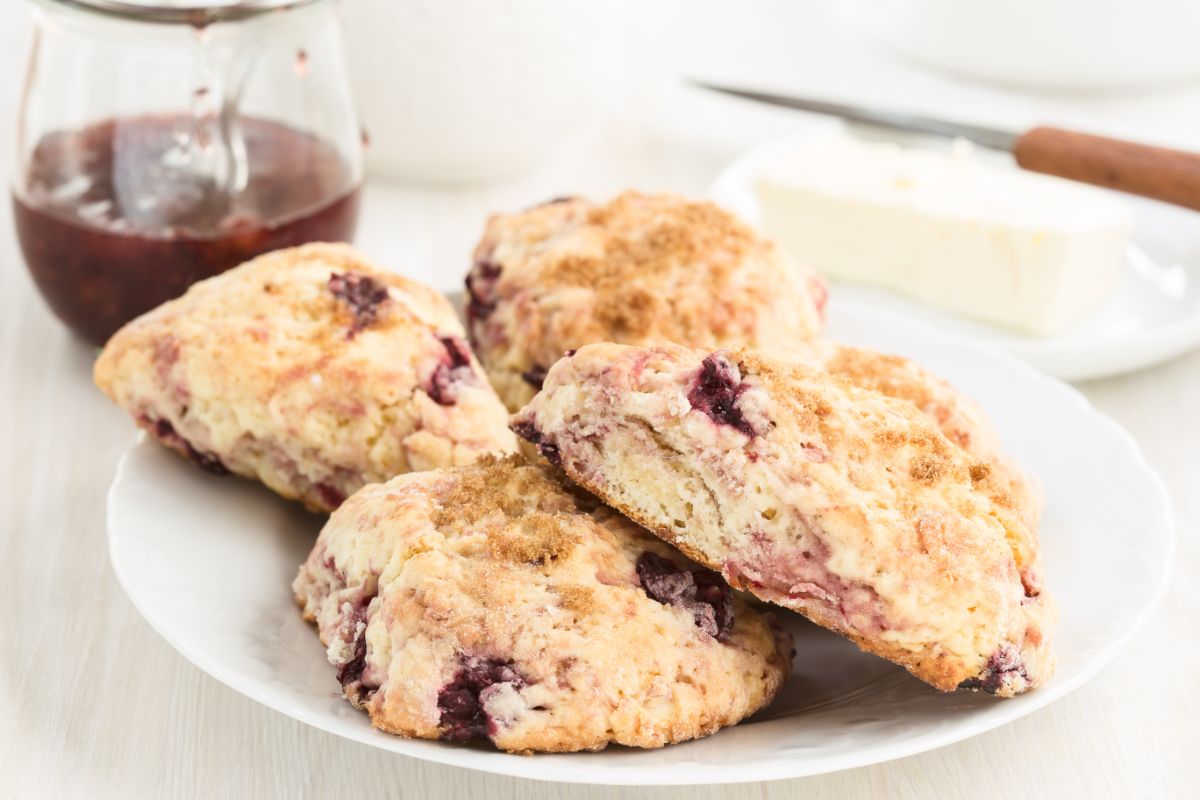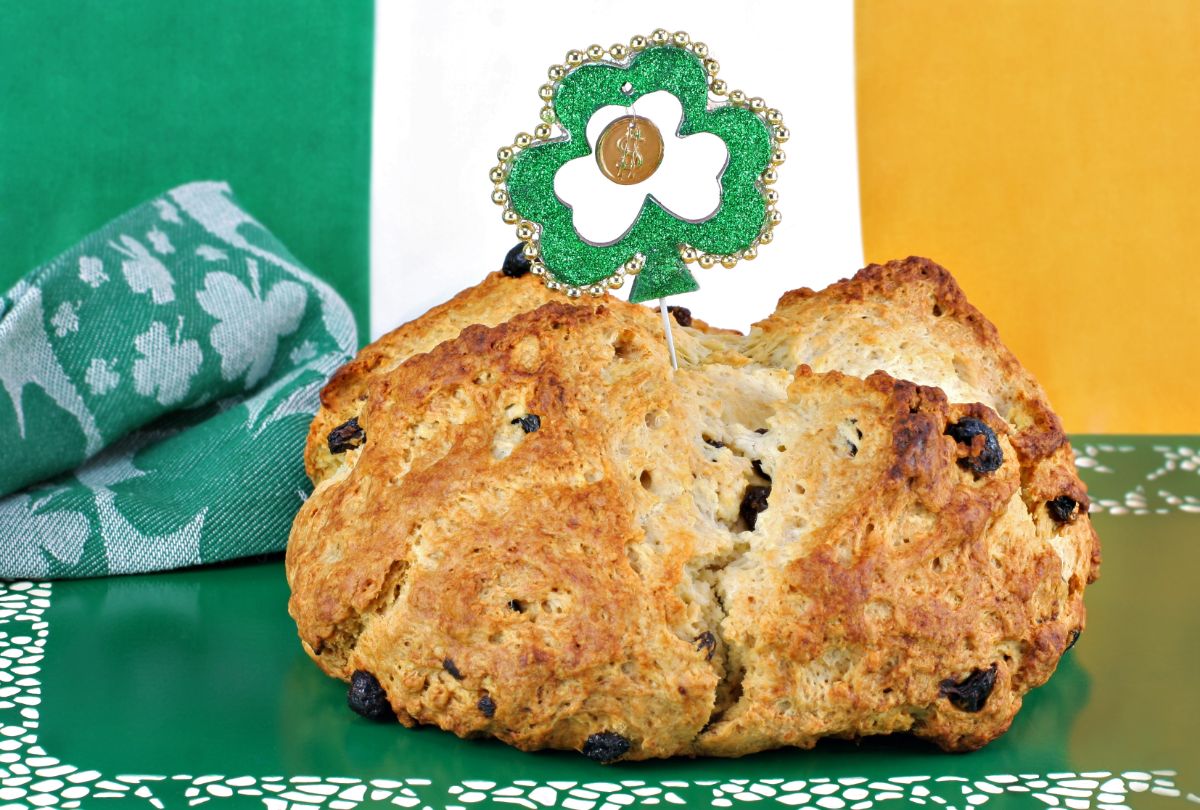Quick bread are loaves that rely on baking soda, baking powder, or air trapped in the mix to rise quickly instead of yeast. These breads are notable for not requiring a lot of time, hence the name “quick”. Quick breads include banana bread, cornbread, and many other breads. They are not all sweetbreads, but they tend to be such. There are many mistakes people make with quick breads, and it can be hard to get clean, soft, and even quick bread. Let’s look at some of the most common questions people have about quick breads.

So, what causes quick bread to crack? Note that a cracked top on your quick bread is desirable. For example, minor cracking on cornbread is a plus, not a minus. However, too many cracks, gaps, and holes are a problem. Tunnels and voids that turn into big cracks can occur when you over-mix. Only mix the bread mix until the dry ingredients are moist. This may mean leaving a few lumps in it.
If the bread is cracked because the center has sunk down, the batter may have been left alone too long before you baked it. If the center has sunk down and the bread is soggy, then you either added too much liquid or you didn’t give it enough leavening agent.
This can also happen when you’re mixing in hard ingredients like nuts or fruit. The harder, heavier ingredients sink to the bottom. Coat them in flour before mixing them into the batter.
This increases the odds they are evenly distributed in the batter and ensures you don’t get bread that breaks as you pick up the lighter upper half.
A cracked uneven top can also occur because the oven temperature is too high. Steam is escaping while the bread is trying to rise due to the leavening agent.
The solution is to adjust the oven temperature. Conversely, a flat top to your bread with a few small peaks in the middle means the oven temperature is too low.
What Should I Do If There Is One Big Crack in the Middle of the Loaf?
That’s actually normal with quick breads. The crack occurs because the top sets before the rest rises. The problematic situation is when the top has multiple cracks across the surface and/or a less than desirable texture.
Why Does the Quick Bread Have Crisp Edges?
Crisp edges get in the way of that first, rich bite. We aren’t talking about burned edges, something caused by uneven heating in the oven or burned bread. Instead, we’re talking about bread mix that creates a hard edge through the rest has the proper texture.
This can happen because you added too much fat, sugar, or both to the mix. If the bread has a “greasy crumb” as well, then you added too much fat to the recipe.
The solution may be to cook it with less fat, then add a layer of melted butter.
Another solution may be switching to a different quick bread baking method. For example, switch from the muffin method of mixing liquid fat like butter and oil to cold fat methods like the biscuit method.
It is easier to get a precise volume of fats by cutting up the lard or hard butter rather than pouring cooking oil into a mix. The biscuit baking method will give you a flaky texture, but you won’t get excessive cracking on the surface. A secondary benefit is that you are unlikely to overmix the mix when using the biscuit method. Others choose the muffin method because it has more tolerance for lumps in the end product. You can get a more even mix by mixing with a spatula instead of whipping it with a whisk or spoon.
At least then you won’t over-mix it, something that can cause cracks on the surface. On the flip side, you almost guarantee that you’ll over-mix it and get tunneling if you mix it with a mixer. The solution here is to mix the quick bread mix by hand.
Why Is My Quick Bread Tough?

One reason you have a tough texture is that you over-mixed it. Another possibility is that it dried out. This could occur because you baked it at too high of a temperature or just let it sit in the oven too long. In some cases, it is because you didn’t have enough moisture in the mix.
It could also be happening because you added dried fruit that dried out the bread mix. A solution to this problem is to soak the fruit in juices.
It could be apple juice, orange juice, brandy, or rum. Yes, this is how your relatives made a rich, creamy fruit cake with alcohol-soaked fruit.
If you are worried about the effect this has on the flavor, then soak dried fruit in boiling water for fifteen minutes, drain, and then add to the finished batter. Make sure it is drained well enough to not add excess moisture to the batter.
Why Do I Have Coarse, Crumbly Bread?
Note that this can happen in bread that’s still moist. Quick bread should be dense and moist, sticking together in soft pieces.
If the bread is crumbling, it either has too much fat or too much leavening like baking soda.
Why Does My Quick Bread Taste Bitter?
The general culprit here is using too much of the leavening agent. If it has a bitter aftertaste, you probably added too much baking powder. Too much baking soda can leave a “soapy” aftertaste.
If the quick bread isn’t rising or dense, the solution isn’t adding more leavening agent – it is getting new leavening agents. This could also happen if you have an old batter.
You can try to solve that by baking quicker, but now you risk overheating it and getting tough bread or bread with cracked peaks in the middle.
Why Is the Crust of My Quick Bread Too Thick?
There are two main reasons the quick bread’s crust is too thick. One is that you added too much sugar. The solution to this is to glaze the bread after you made it instead of putting so much sugar in the recipe itself. In short, use less sugar in the mix and more icing.
The other reason this happens is that the oven temperature is too low. If the crust is thick but you have little uneven peaks in the middle, you know the oven temperature is too low.
Solutions range from turning up the temperature to not opening the oven door so much to verifying the heating elements are working properly.
